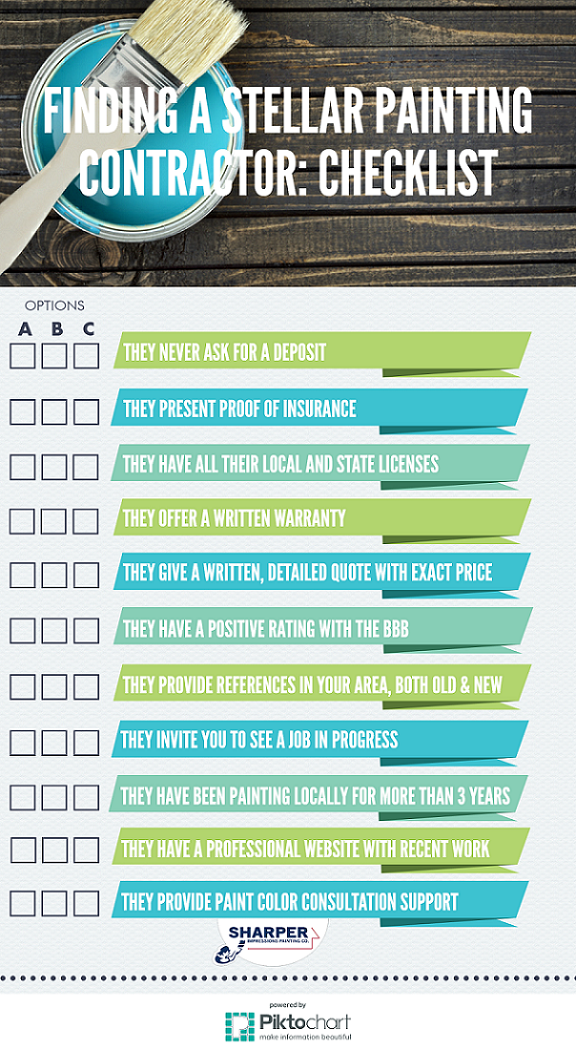Seasonal Consider Commercial Outside Paint: Secret Insights You Should Be Aware Of
Seasonal Consider Commercial Outside Paint: Secret Insights You Should Be Aware Of
Blog Article
Short Article Writer-Regan Skafte
When you're preparing a business exterior painting job, seasonal variables can make or break your results. You'll want to consider how temperature level and moisture impact paint application and drying times. Choosing the right period can guarantee your paint sticks properly and lasts much longer. However which periods are genuinely the best for this type of job? Allow' minneapolis interior painting contractor out the crucial elements that can impact your job's success.
The Impact of Temperature on Paint Application
When you're preparing an industrial external paint project, the temperature can considerably impact how well the paint sticks and dries out.
Ideally, you intend to repaint when temperatures range between 50 ° F and 85 ° F. If local guide program 's as well cold, the paint may not cure correctly, resulting in problems like peeling off or breaking.
On professional painters , if it's as well warm, the paint can dry out too swiftly, stopping proper bond and resulting in an irregular finish.
You must also consider the moment of day; early morning or late afternoon uses cooler temperature levels, which can be much more positive.
Always examine the supplier's recommendations for the details paint you're making use of, as they usually supply advice on the optimal temperature variety for optimal results.
Moisture and Its Effect on Drying Times
Temperature isn't the only environmental factor that influences your industrial exterior paint task; humidity plays a considerable role too. High moisture levels can reduce drying times significantly, affecting the total top quality of your paint task.
When the air is filled with dampness, the paint takes longer to heal, which can bring about problems like inadequate bond and a greater risk of mold development. If you're painting on a particularly humid day, be prepared for prolonged delay times in between coats.
It's vital to monitor local weather and plan appropriately. Preferably, go for moisture degrees in between 40% and 70% for optimum drying.
Maintaining these factors in mind ensures your job stays on track and supplies a long-term coating.
Best Seasons for Commercial Exterior Paint Projects
What's the best season for your business external painting jobs?
Springtime and very early fall are normally your best choices. During these periods, temperature levels are light, and humidity degrees are usually reduced, developing excellent problems for paint application and drying out.
Avoid summer's intense heat, which can trigger paint to dry also rapidly, resulting in bad attachment and coating. Likewise, winter months's chilly temperature levels can impede correct drying and treating, taking the chance of the durability of your paint task.
Aim for days with temperatures in between 50 ° F and 85 ° F for optimal outcomes. Keep in mind to examine the neighborhood weather prediction for rainfall, as wet conditions can destroy your job.
Planning around these factors guarantees your paint project runs efficiently and lasts much longer.
Final thought
Finally, intending your industrial external painting tasks around seasonal considerations can make a substantial distinction in the end result. By organizing job throughout the suitable temperature levels and humidity degrees, you'll guarantee far better attachment and drying times. Remember to keep an eye on neighborhood weather forecasts and pick the correct time of year-- springtime and very early autumn are your best options. Taking these actions will aid you achieve a sturdy and professional finish that lasts.
